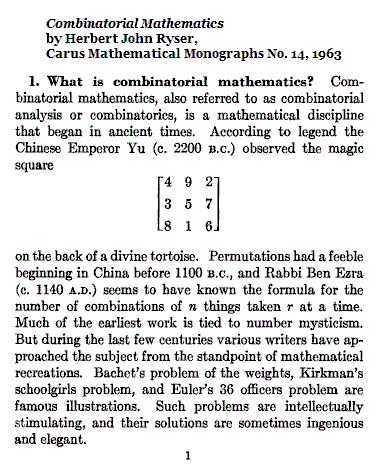The Story of N

Roberta Smith in the New York Times of July 7, 2006—
Art Review
Endgame Art? It's Borrow, Sample and Multiply in an Exhibition at Bard College
"… The show has an endgame, end-time mood, as if we are looking at the end of the end of the end of Pop, hyperrealism and appropriation art. The techniques of replication and copying have become so meticulous that they are beside the point. This is truly magic realism: the kind you can't see, that has to be explained. It is also a time when artists cultivate hybridism and multiplicity and disdain stylistic coherence, in keeping with the fashionable interest in collectivity, lack of ego, the fluidity of individual identity. But too often these avoidance tactics eliminate the thread of a personal sensibility or focus.
I would call all these strategies fear of form, which can be parsed as fear of materials, of working with the hands in an overt way and of originality. Most of all originality. Can we just say it? This far from Andy Warhol and Duchamp, the dismissal of originality is perhaps the oldest ploy in the postmodern playbook. To call yourself an artist at all is by definition to announce a faith, however unacknowledged, in some form of originality, first for yourself, second, perhaps, for the rest of us.
Fear of form above all means fear of compression— of an artistic focus that condenses experiences, ideas and feelings into something whole, committed and visually comprehensible. With a few exceptions, forms of collage and assemblage dominate this show: the putting together (or simply putting side by side) of existing images and objects prevails. The consistency of this technique in two and three dimensions should have been a red flag for the curators. Collage has driven much art since the late 1970's. Lately, and especially in this exhibition, it often seems to have become so distended and pulled apart that its components have become virtually autonomous and unrelated, which brings us back to square one. This is most obvious in the large installations of graphic works whose individual parts gain impact and meaning from juxtaposition but are in fact considered distinct artworks."
Margaret Atwood on art and the trickster—
"The pleasures of fabulation, the charming and playful lie— this line of thought leads Hyde* to the last link in his subtitle, the connection of the trickster to art. Hyde reminds us that the wall between the artist and that American favourite son, the con-artist, can be a thin one indeed; that craft and crafty rub shoulders; and that the words artifice, artifact, articulation and art all come from the same ancient root, a word meaning 'to join,' 'to fit,' and 'to make.' If it’s a seamless whole you want, pray to Apollo, who sets the limits within which such a work can exist. Tricksters, however, stand where the door swings open on its hinges and the horizon expands: they operate where things are joined together, and thus can also come apart."
* Lewis Hyde, Trickster Makes This World: Mischief, Myth, and Art, Farrar Straus & Giroux, January 1998
Smith mentions "an artistic focus that condenses experiences, ideas and feelings into something whole, committed and visually comprehensible."
Atwood mentions "a seamless whole."
For some related remarks, see "A Study in Art Education" and the central figure pictured above. (There "N" can stand for "number," "nine," or "narrative.")





.jpg)
















